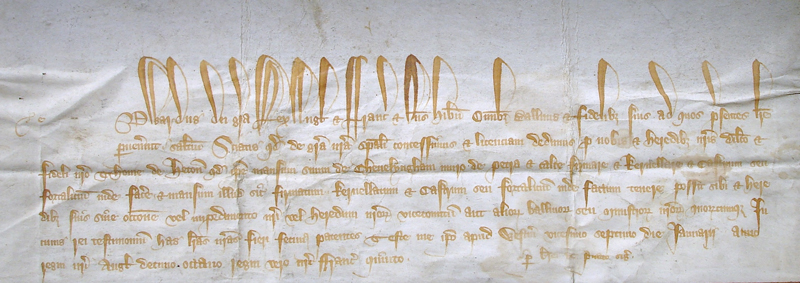|
|
|
|
|
|
|
|
|
|
|
|
|
|
|
|
|
|

|

|

|

|
|
|
|
|
|
|
|
|
|
|
|
|
|
|
|
|
|
|

|

|

|

|
Granted at Westminster. Grant by privy seal.
Comments
Original source is;
(In fact, the original source given is usually a transcription/translation of what are precious medieval documents not readily availably. It should be noted that these transcription/translations often date to the nineteenth or early twentieth centuries and that unwitting bias of transcribers may affect the translation. Care should also be taken to avoid giving modern meaning to the medieval use of certain stock words and terms. Licentia is best translated as 'freedom to' not 'permission'.)
Significant later sources are;

More information about licences to crenellate can be found here.
Please do inform Gatehouse if you see any errors, can add information or can otherwise help to improve this resource. Please contact Gatehouse.